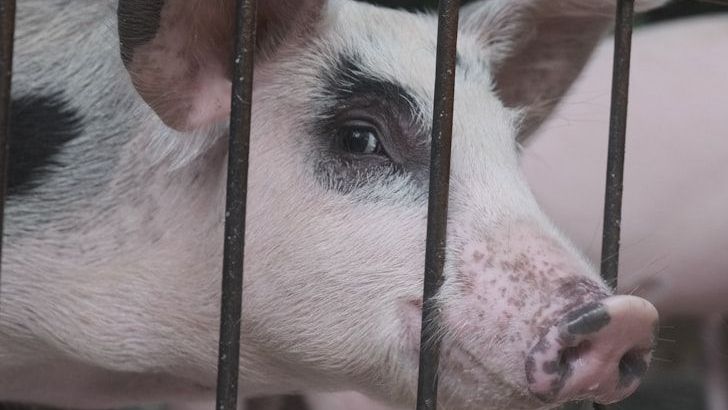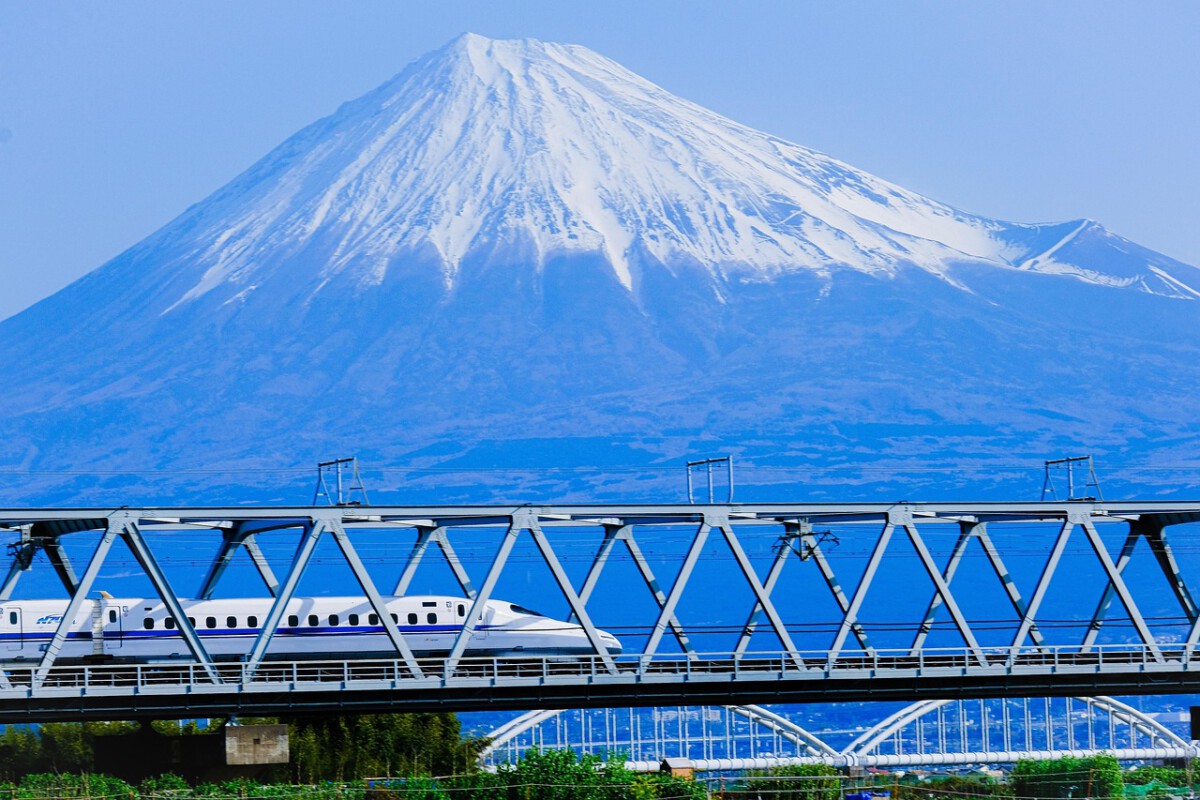Ractopamine-Enhanced Pork: The Drug Banned in 160 Countries

Walking through any American grocery store, you’ll likely pick up pork products that contain a growth-promoting drug that’s banned in nearly every other developed nation on Earth. The risk associated with ractopamine use in animal agriculture is considered so unacceptable that its use is banned in many countries across the world including China, Russia, and the entire European Union. Despite this wide opposition to the use of ractopamine, the U.S. Food and Drug Administration (FDA) still allows this drug to be used on our livestock. And not only is ractopamine allowed, it’s likely to be found in most of the pork you may eat, estimated to be given to as many as 80 percent of pigs in the United States.
The drug is used to promote growth, increase muscle mass and improve feed efficiency in livestock. But this shortcut may come with serious risks to the livestock and consumers that purchase that meat. The U.S. Food and Drug Administration (FDA) approved ractopamine for use on pigs after just one human health study – an evaluation of six young, healthy men, one of whom dropped out because his heart began racing and pounding abnormally. Three years later, the FDA sent ractopamine’s sponsor a 14-page letter, accusing the company of withholding information about the drug’s “adverse animal drug experiences” and “safety and effectiveness.”
Foie Gras: France’s Cruel Delicacy Still on American Tables

Despite being outlawed in several countries, foie gras remains legal in most US states. Despite being outlawed in several countries, foie gras remains legal in most US states. Still, it remains legal in most places in the U.S. This luxury food, made from the enlarged livers of force-fed ducks and geese, continues to grace American restaurant menus despite being banned across much of Europe. French for “fatty liver,” foie gras is a diseased, enlarged organ of a goose or duck. It’s often served as a pâté at French luxury restaurants.
Force-feeding ducks and geese to produce foie gras is already banned in the UK, Czech Republic, Denmark, Italy, Finland, Norway, Poland, Switzerland, Germany, Sweden, Australia, Argentina, Turkey, and Israel. The production process involves shoving metal tubes down birds’ throats and pumping massive amounts of food into their stomachs, causing their livers to swell up to ten times their normal size. California has had more success in banning foie gras: In 2004, a ban on both sale and production was passed, taking effect in 2012, but a later court case forced the state to allow sales of out-of-state foie gras. California has had more success in banning foie gras: In 2004, a ban on both sale and production was imposed, but a later court case forced the state to allow sales of out-of-state foie gras. Foie gras production is still banned in California, and you won’t see it in restaurants, as residents are still barred from ordering out-of-state foie gras and then reselling it.
Artificial Food Dyes: America’s Colorful Chemical Problem

Your kid’s favorite breakfast cereal, those colorful candies at the checkout counter, and even that box of mac and cheese all contain something that many other countries consider too dangerous for their citizens. The FDA delisted Red Dye 3 for use in cosmetics back in 1990, after evidence emerged that it causes cancer in lab animals, but action to ban its use in U.S. food stalled. “Thirty-four years have elapsed from acknowledging that this substance causes cancer in animals and action no action to this plan,” Galligan said. This same dye remains perfectly legal in American food products today.
In Great Britain and other countries, “American sprinkles are banned” as they contain erythrosine – also called FD&C Red No. 3 in the US. This additive makes the sprinkles red, but it can also lead to reported hyperactivity in children. The European Union takes what experts call a more cautious approach to food additives. However, some countries have banned American boxed Mac and Cheese due to the food dyes. Also, cheese dips like Con Queso are filled with Yellow dye 5 & Yellow dye 6 and are banned in some European countries as they are linked to severe allergies. Kid favorites like Pop-Tarts, Fruit Loops and Skittles are also banned in a few countries due to the inclusion of artificial colors with Yellow dye 5 and Yellow dye 6 being of the most concern.
Potassium Bromate Bread: The “Flour Improver” That Improves Nothing

That soft, white sandwich bread sitting in your pantry might contain an ingredient that’s banned in countries around the world for damaging kidneys and the nervous system. However, in many countries, American-made white bread contains potassium bromate, which is used to speed up the proving and baking processes. Potassium bromate is banned in many countries due to its link to damage to the nervous system and kidneys. This chemical additive helps create that perfectly fluffy texture Americans love, but at what cost?
Food additives banned in Europe but still allowed here in the U.S. include: Red dye 3 – coloring agent, suspected carcinogen · Titanium dioxide– also a coloring agent, which research shows can accumulate in the body and potentially damage DNA · Potassium Bromate– another suspected carcinogen, used to improve texture in breads and other baked goods. The European Union banned potassium bromate years ago, along with many other nations who decided the risks weren’t worth the marginal improvement in bread texture. Meanwhile, American consumers continue eating this potentially harmful additive daily, often without even knowing it’s there.
What makes this situation even more troubling is that The Food and Drug Administration has repeatedly failed to act when it comes to regulating potentially harmful food ingredients. Nearly 99 percent of food chemicals introduced since 2000 were approved by the food and chemical industry, not the FDA. Even when the FDA does assess food chemicals for safety, it has been extremely slow and rarely reevaluates earlier decisions, even in light of new science. This means Americans are essentially guinea pigs in a massive food experiment, consuming substances that much of the world has already decided are too risky.
The reality is that walking through an American supermarket means encountering foods that would be illegal to sell in dozens of other countries. While other nations err on the side of caution when it comes to food safety, America continues to prioritize industry profits over public health. The question isn’t whether these foods will eventually be banned here too – it’s how many more years will pass before American consumers get the same protections that citizens in other developed countries already enjoy.





